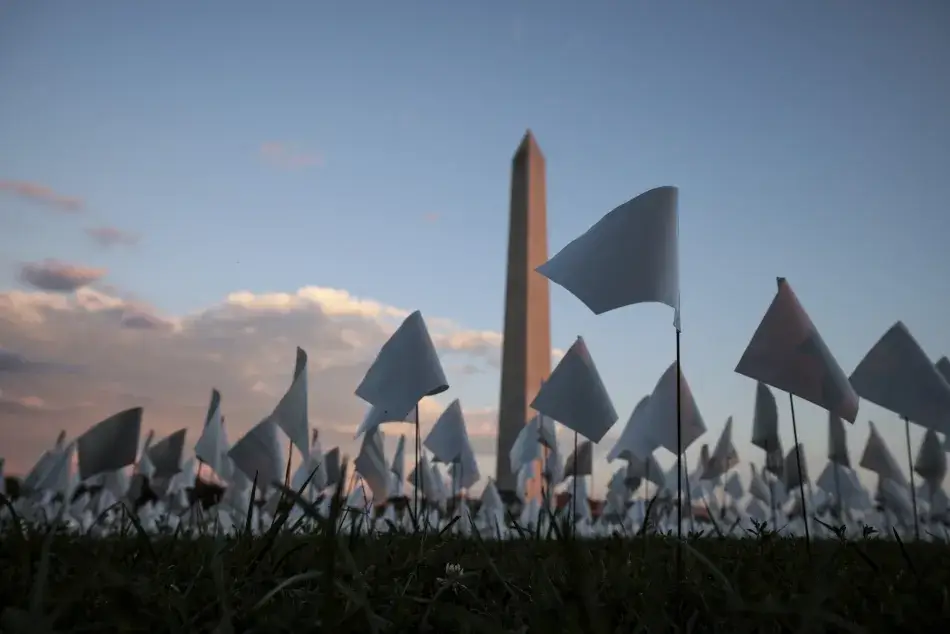The last two years have contained an overwhelming number of crises and traumas — both structural and personal, global and local. Most of us are experiencing imaginative exhaustion. It is hard to believe that people and systems can change, that the future can be better than the present.
This is where art comes in. Change is an act of creation, and that’s what artists do: Through a process of imagining, trying and building, artists create experiences that connect us to our own agency and power. We are in a moment when we urgently need these artists, culture bearers and creative workers who can help us envision and build a future of justice, health and wholeness.
The good news is that artists already exist in every neighborhood, and they are helping businesses districts come back to life, changing narratives around economic justice, and improving our mental health and social connections. However, the last two years have revealed how fragile artists’ livelihoods are and how the economic conditions that impact so many of us — the widening wealth gap, reliance on contract labor and the lack of safety nets like health care, housing and unemployment benefits — also impact artists. The National Endowment for the Arts reports that the overall unemployment rate for artists is still twice what it was pre-pandemic.
To fully realize and benefit from the contributions that artists can make to a more human, equitable and just future, we need to make life as an artist more sustainable and more equitable. The American Academy of Arts & Sciences’ Commission on the Arts, of which I am a member, recently released a report, Art is Work, that digs into the conditions artists and culture workers face in the U.S. and what we can do to create more equitable systems of support. The report includes four primary recommendations that provide a roadmap for the policy changes we need to become a nation that values our cultural sector and benefits from the innovation and imagination of our creative people. Here are two that seem especially relevant now:
1. Include artists in policy and legislation, especially recovery efforts. Artists need representation in federal, state, and local governments and they need to be explicitly named as a category in legislation and policy. That is the only way to ensure that new policies aimed at building our workforce, supporting the economy, and strengthening society will include artists as vital members of the workforce, builders of the economy, and maintainers of community.
While the American Recovery Plan Act and the bipartisan infrastructure deal did not go as far as naming artists specifically, these programs do provide cities and towns the opportunity to partner with artists and creative workers in order to think creatively about the future, to repair harm, increase civic participation and more. Even infrastructure presents exciting opportunities for creative thinking, and I’ve seen this in my work at Springboard for the Arts, an artist-led community development organization based in Minnesota. During the construction of light rail transit in the Twin Cities, Springboard supported more than 200 artists to design projects that helped mitigate the impact of construction on local businesses and made local assets and culture more visible.
2. Understand how creative work happens. Many work-related policies and safety nets are written for people with a long-lasting single employment relationship. That is no longer standard for the general workforce and was never standard for artists. Artists need policy that recognizes as standard independent contract work, multiple employers, entrepreneurship and inconsistent income — and supports workers accordingly.
This is particularly critical, as artists are still struggling to recover from waves of pandemic-related cancellations and the ongoing realities of how little support we have. Changes to systems like unemployment, health care and small business aid will help artists, and many other independent workers, feed their families, pay their rent, and ensure that creative practice is valued.
Additional recommendations from the Commission on the Arts report include increased public and private investments in the essential local organizations that provide direct services to artists and connect them to critical community issues. More funding is also needed for arts education and arts career readiness, especially at Tribal Colleges and Historically Black Colleges and Universities. All these investments must center more equitable distribution of resources, especially for Black artists, Native artists, artists of color, LGBTQIA+ artists, artists with disabilities and artists in rural places.
. . .
Laura Zabel is a member of the American Academy’s Commission on the Arts and the executive director of Springboard for the Arts, an economic and community development agency run by and for artists.
